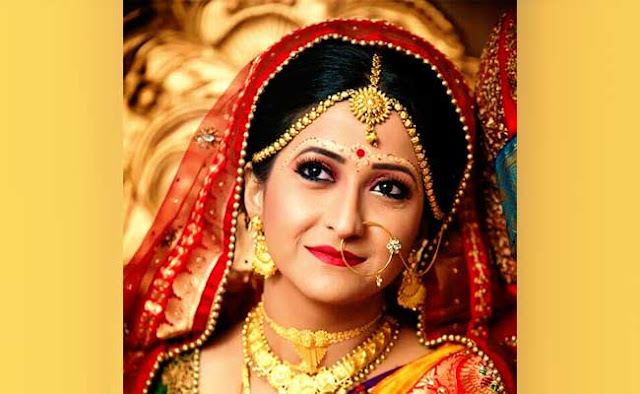Types of Indian Traditional Jewellery
Creating a perfect wedding jewellery trousseau is the most difficult part and to get it right at the right prices is even more difficult. If you’re scouring the jewellery markets or are spending your major time on online jewellery shopping then we’ve got a solution to make things easier for you.
Here’s a list of 5 different types of most popular Indian Bridal Jewellery.
Let’s get started!
Thewa or Lac Jewellery
In order to craft Thewa handmade jewellery design, craftsmen put in immense hard work. Did you know that a single piece of Thewa jewellery takes almost one month to be crafted?
The word Thewa means “Setting”. In this art of jewelry making, is a traditional art of fusing Gold or Silver with the multi-coloured glass. In the process, finely grounded pieces of terracotta are mixed with chemicals and oil to produce a thick paste which is then spread on a wooden base and a 23-carat gold sheet. This is called “Thewa ki Patti” and it is set onto the mixture resting on the wooden base.
Pachchikam Jewellery
Known for its rustic charm and immaculate designs, Pachchikam jewellery originated in Gujarat and Kutch. Kundan and Pachchikam are quite similar with the only difference being the latter uses silver and has rough edges. Silver is used due to its high malleability. Pachchikam jewellery artwork uses the technique in which the handmade jewellery piece is crafted by inserting glass stones or semi-precious in a silver case. Then the edge of the silver case is pressed onto the stone with the finger and then grooves are filed on it.
Due to the use of silver, Pachchikam jewellery is affordable. So, If you’re looking to cut on your wedding jewellery budget then pachchikam jewellery is the best option for you.
Lac Jewellery:
Also known as lacquer, lac jewellery was originated in Rajasthan. Lac actually comes from an animal origin. It is a thick, waxy substance secreted by the female Tachardia lacca. Lac bug’s secretions are collected and trimmed and then the lac is scraped off and put in a tub full of water. The lac secretions have natural bright red color, which is then used to embellish jewellery. Lac is used to make embellished ornaments like necklace, bajuband, maang tikka, and bangles.
Temple Jewellery:
Known to have flourished during the reign of Chola dynasty in the 9th CE in Southern India, temple jewellery was used to decorate idols of gods and goddesses. The intricately detailed art of Nakkashi is what makes this type of jewellery distinguishable at the very first glance. Nakkashi symbolizes Indian traditions and culture.
While Temple jewellery is widely worn in South India, nowadays it has gained some major points in the books of the Indian brides. Perfect mix of ethnic and traditional, authentic temple jewellery is made of pure gold and embellished with precious and semi-precious gems and stones. Due to the fine and detailed intricate work, the art of making temple jewellery requires skilled craftsmanship and utmost precision.
Nowadays, temple jewellery is been crafted with artificial metals as well. You can shop artificial jewellery set if you’re not ready to spend much on your jewellery.
Kundan, Polki and Jadau:
People often tend to confuse between kundan, polka and jadau jewellery. While kundan and polki are the types of stones, jadau is the technique of engraving kundan and polki stones into the gold base.
Kundan is made of glass stone while Polki is made of natural uncut diamond. If you’re looking for something traditional and expensive then go for kundan and polka studded bridal wedding jewellery set.

Comments
Post a Comment